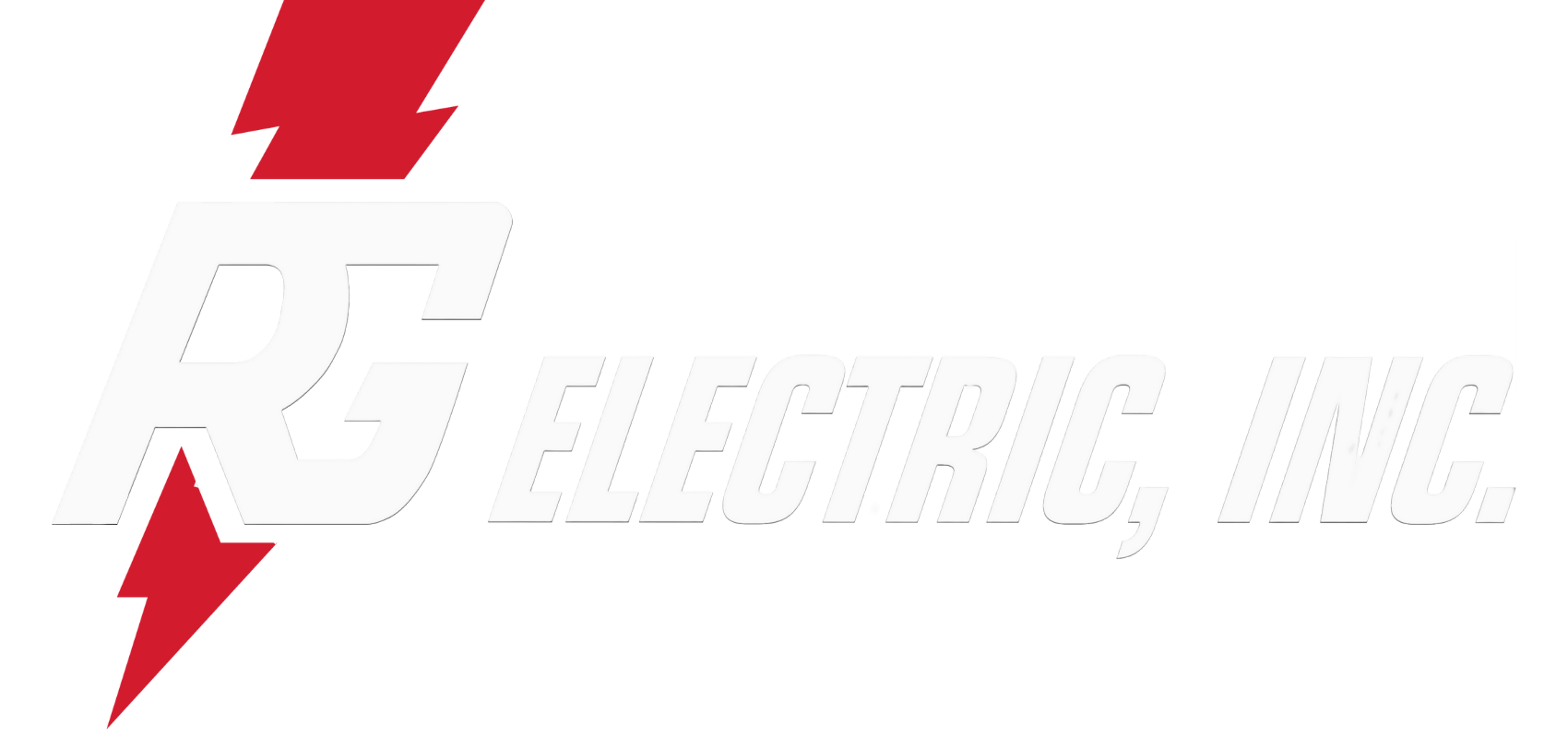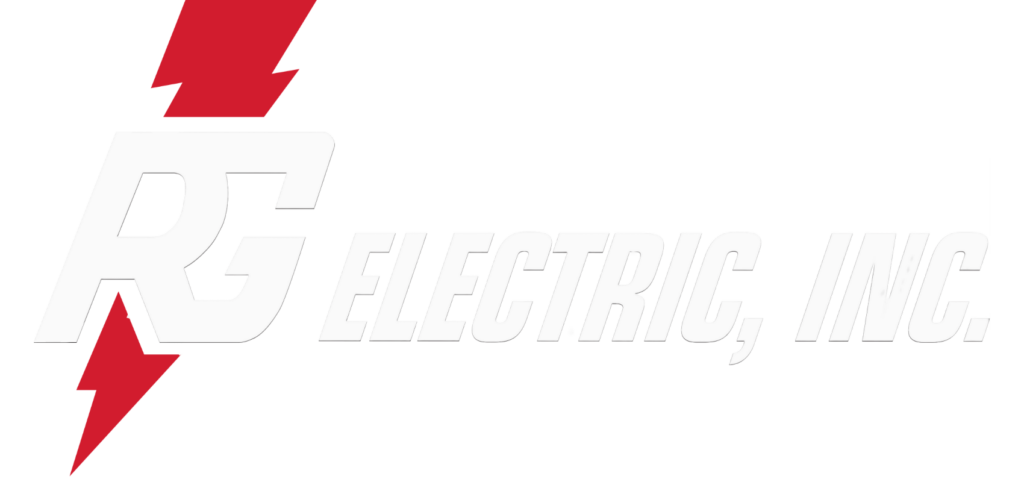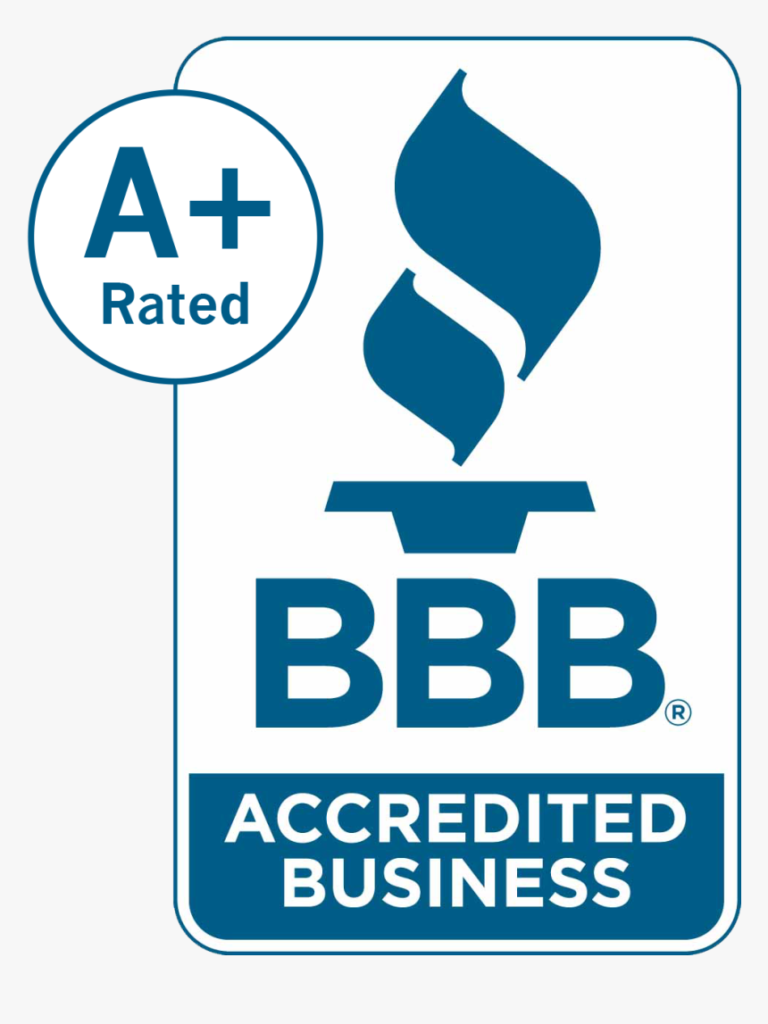Solar Economics: The Payback Period of Going Green
Welcome to the bright side, where your investment in solar energy not only pays dividends to the environment but also to your wallet during the payback period. It’s a journey from paying your dues to the utility companies to enjoying the sweet, sun-soaked rewards of energy independence to pay for itself. But the burning question remains: How long until this shining solar system pays for itself? Let’s dive into the sunny specifics, navigating through the economics of solar energy with a mix of hard facts, easy-to-digest figures, and a dash of fun.
The Initial Investment: A Solar Snapshot
Before we embark on our quest for the solar payback period, let’s first lay out the solar spread. The cost of installing a residential solar system varies widely, influenced by factors like location, system size, and available incentives. On average, homeowners might find themselves investing anywhere from $15,000 to $25,000 after federal tax credits. While that number might seem like a steep hill to climb, the view from the top—think reduced energy bills and tax incentives—is absolutely worth it.
Sailing Through Incentives and Rebates
- Federal Solar Tax Credit: A hefty 26% of your system’s cost can be claimed back on your federal taxes. Yes, Uncle Sam’s giving you a pat on the back (and some cash back) for going green.
- State and Local Incentives: Depending on where you live, you might stumble upon a treasure trove of additional incentives, rebates, and grants that can further reduce your initial outlay and pay for itself.
The Journey to Break-even: A Tale of Two Solar Panels
Navigating the Numbers
With your system up and running, the countdown to cost recovery begins. Here’s how to chart your course:
- Electric Bill Savings: The most immediate relief comes in the form of lower electric bills. Depending on your system’s size and your home’s energy consumption, you could see savings of $100 to $200 per month.
- Net Metering: In many areas, you can sell excess electricity back to the grid, speeding up your journey to the break-even point.
- Performance-Based Incentives: Some regions offer cash payments based on the amount of electricity your system produces, adding a nice little boost to your solar savings.
The Average Solar Payback Period
Combining these factors, the typical homeowner can expect their solar system to pay for itself in about 5 to 8 years. But remember, this is an average; your solar voyage may vary.
Beyond the Break-even: Long-term Gains
After crossing the payback threshold, you’re sailing in sunny waters. With solar panel lifespans averaging 25 to 30 years, the long-term savings can be substantial. We’re talking potentially tens of thousands of dollars over the lifetime of your system. Plus, don’t forget the added home value—buyers are willing to pay a premium for homes with solar panels.
Wrapping It Up: A Bright Investment
In the grand scheme of things, solar energy is more than just an investment in your home—it’s an investment in our planet. The payback period is just the beginning of a long-term relationship with renewable energy, offering both financial rewards and the priceless feeling of contributing to a cleaner, greener world.
So, are you ready to embark on your solar journey? The path to energy independence, environmental stewardship, and significant savings is illuminated by the sun. Here’s to a future where every rooftop catches rays and every homeowner reaps the radiant rewards!



